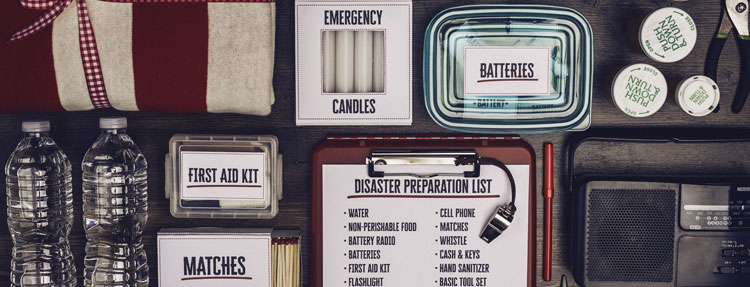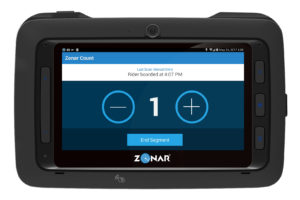Like it or not emergency situations happy from time to time with school buses. It’s our jobs to make sure that we take proactive steps to get in front of them, help prevent them and if and when they do happen that we have the right information in hand to respond accordingly and learn from the incident.
With ongoing advancements in technology, continued improvements in predictive and proactive maintenance will help prevent emergency situations. That said; when emergencies do arise, technology will assist in these situations with real-time digital communications. There are still many school bus operations out there that communicate to their fleets via radio. If you have a large fleet crossing varying terrain, you are going to spend a lot of time on the radio trying to relay emergency related instructions to your fleet. With digital communications, a dispatcher can reach an entire fleet with clear, concise instructions with a touch of a button to let everyone know what is going on. Time is of the essence in emergency situations. Having the ability to communicate to your entire fleet quickly is critical.
In the absence of telematics or GPS, school bus operations use outdated radio technology. Trying to reach everybody by radio can be difficult and prone to inaccuracy and limited content.
Communication becomes slow and Information can get lost in the shuffle when numerous operators are talking over the radio and there is no digital record of the information on a screen or otherwise
So what can you do? Look into ways to give drivers a sense of safety and security that they have information at hand and are not left wondering. Added actionable real-time data enables a better safety environment for drivers isn’t a static device but one that can be a resource and a tool. Without the critical information delivered by GPS and telematics, when an emergency hits, it’s like like flying blind without it. In today’s day and age, we are all functioning in a connected environment. That environment should extend to our children’s safe travel to and from school.
You can help alleviate these tense situations with accurate data and two-way messaging. Clear communication based on accurate data made available over a tablet device is much less prone to misunderstanding than a radio message.
A couple of other emergency preparedness steps you can take that weave into your day to day transportation management and maintenance operations have to do with taking a hard look at your pre and post trip inspection practices. A move to Electronic Verified Inspection Reporting (EVIR) can go beyond improving maintenance. EVIR allows transportation departments to take a proactive measure to ensure a vehicle hasn’t been compromised from a security standpoint before it ever leaves the bus yard. EVIR can be configured to meet TSA security guidelines which included, for example, to visually inspect the wheel wells or all seats on a vehicle for any suspicious devices or bags. This protocol and process allow transportation departments to ensure that their vehicles are safe from the onset.
And if an operator is unsure they can easily take a picture or video of the area they are inspecting and sent it back to management for further actions. Lastly, all records are stored and can be an easily accessed resource for security officials.







